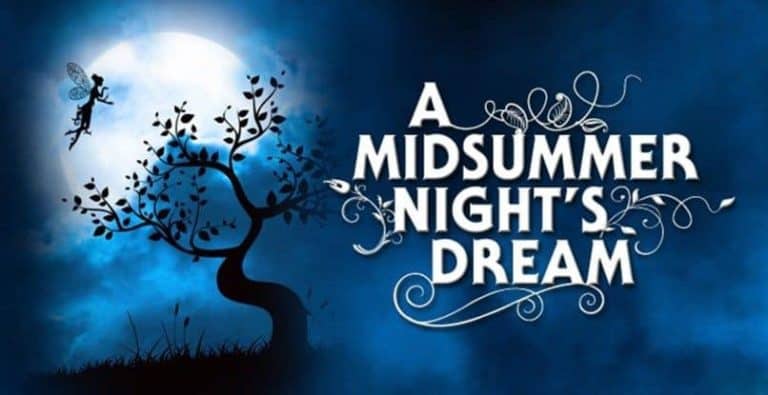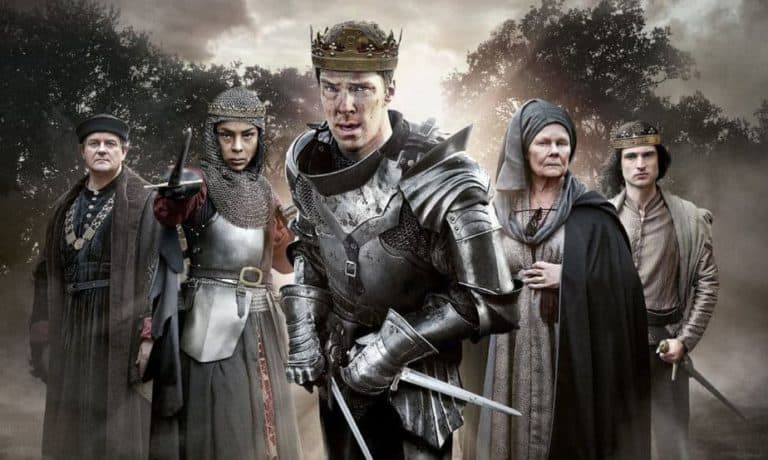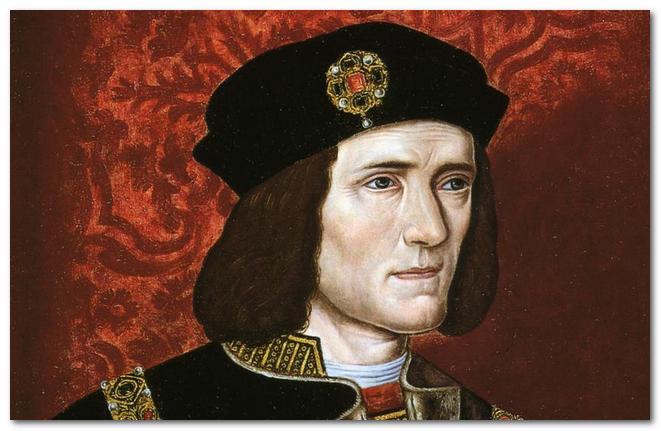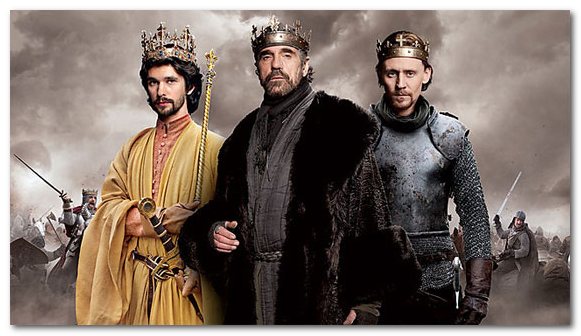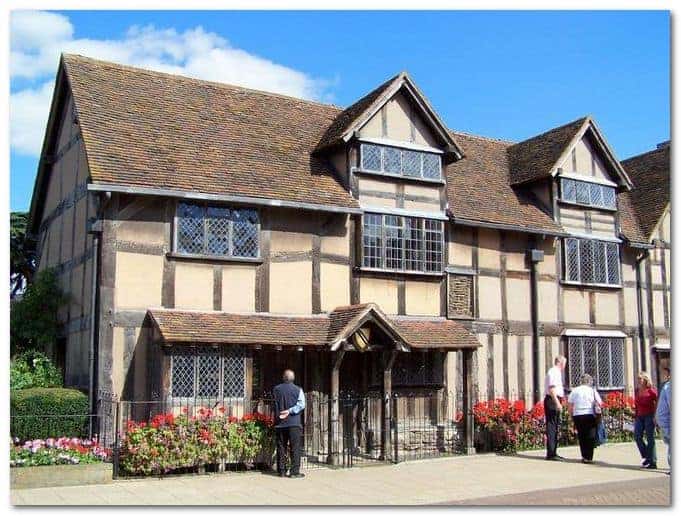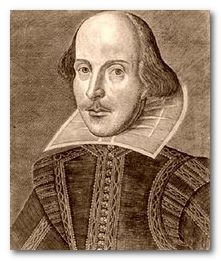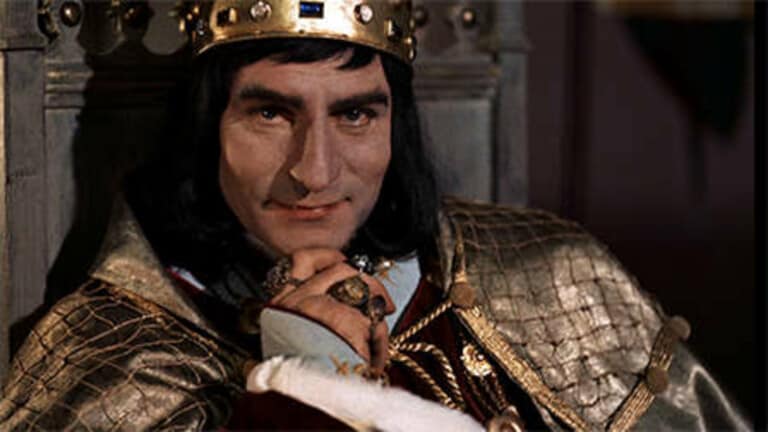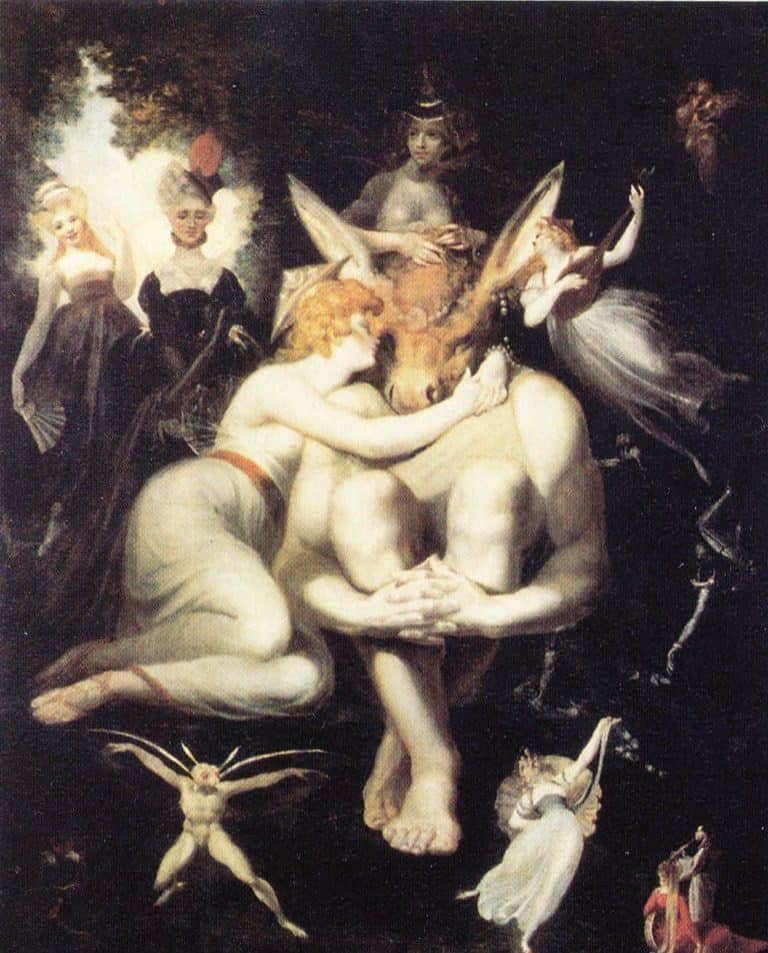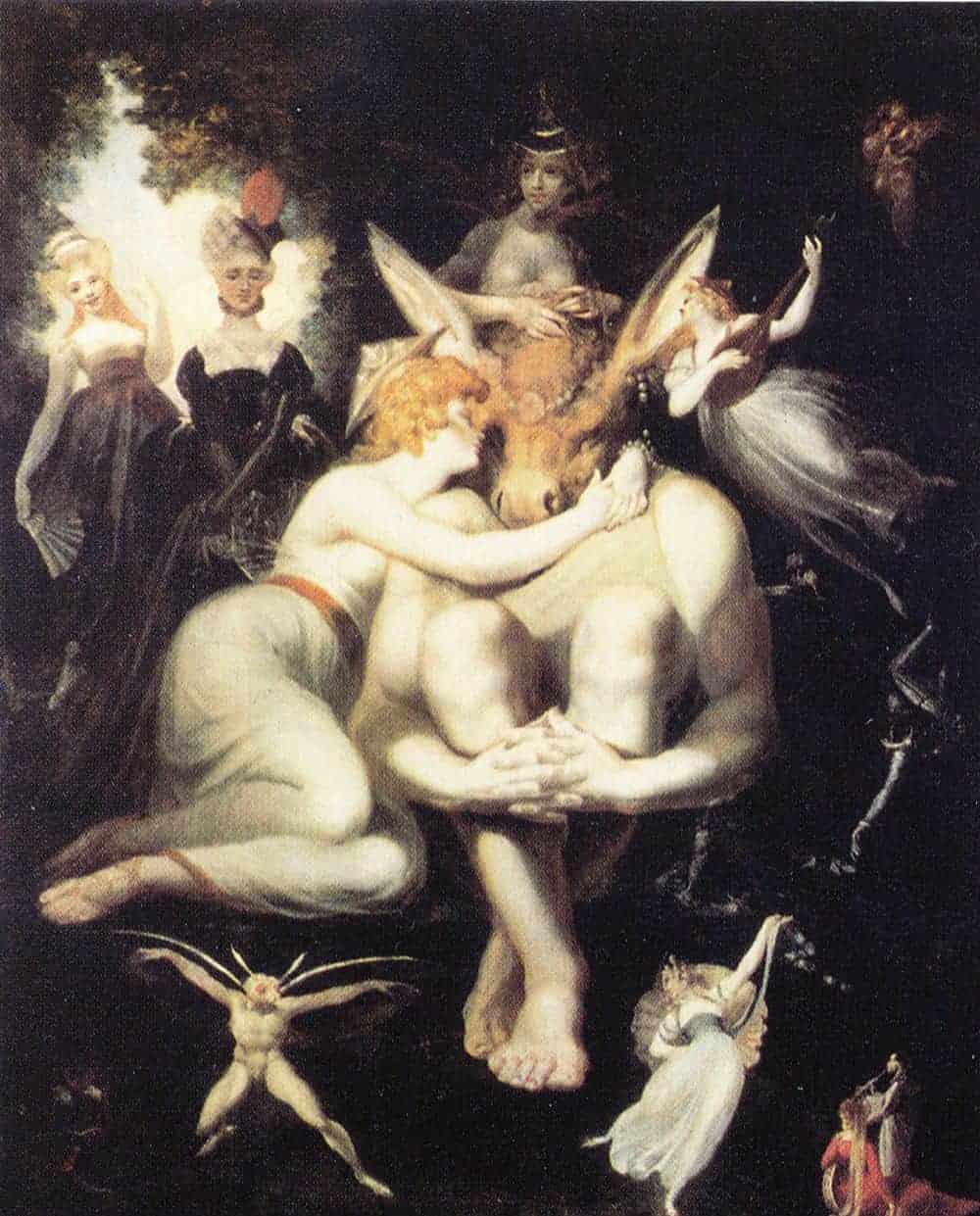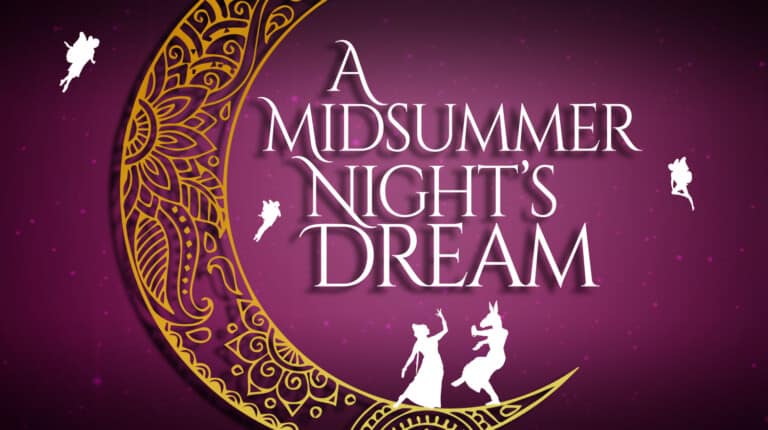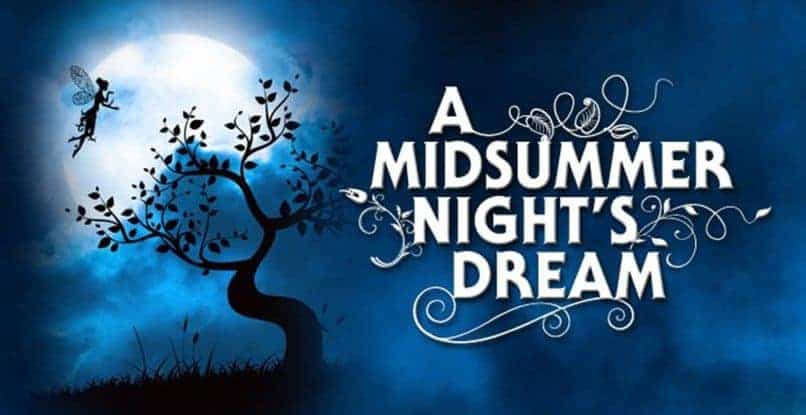
Act I
Scene 1
Theseus and Hippolyta look ahead to their wedding day, in four days’ time. Hermia plans to defy her father and elope with Lysander, but Helena reveals their plan to Lysander’s rival, Demetrius.
The scene takes place in Athens. The characters are :
- Duke Theseus
- Hippolyta, Queen of the Amazons.
- Egeus and his daughter Hermia
- Two suitors : Lysander and Demetrius
Hermia is in love with Lysander. Egeus wants her to marry Demetrius or die. Helena loves Demetrius.
Scene 2
A group of craftsmen from Athens have decided to stage a play, “Pyramus and Thisbe”, to celebrate the marriage of Theseus and Hippolyta. They cast the play and plan the rehearsal.
Peter Quince is a carpenter. He wrote the play and organized the rehearsal. Nick Bottom is a weaver. He wants to play every part of the play.
The secret rehearsal takes place in the wood.
Act II
Scene 1
The King and Queen of the Fairies, Oberon and Titania, quarrel in the wood over possession of a human boy. In revenge, Oberon sends his helper Robin for magic juice to put on Titania’s eyes, which will make her fall in love with the first creature she sees. When Oberon observes Demetrius spurning Helena, he decides that the magic juice should be applied to Demetrius’ eyes too, so that he would fall in love with her.
Scene 2
Oberon anoints the eyes of the sleeping Titania. Robin, however, mistakenly applies the juice to Lysander, who suddenly falls in love with Helena and abandons Hermia.
Act III
Scene 1
The craftsmen arrive in the wood to rehearse their play but their performance is disrupted by the mischievous Robin who uses magic to give Bottom the head of an ass. After the others have fled from him in terror, Titania awakens and, under the spell of the magic juice, falls in love with the transformed Bottom.
Scene 2
Demetrius has met with Hermia, who continues to reject his love. Oberon observes them quarreling and realizes that Robin’s intervention has misfired. Trying to put the situation right, he applies the juice to Demetrius’ eyes when Helena is nearby : as a consequence, Demetrius and Lysander become rivals for Helena’s love.
Helena believes both of them are tormenting her, with the connivence of Hermia. To prevent violence, Oberon orders Robin to intervene, drawing the lovers apart. Once they have grown weary and fallen asleep, Robin puts an antidote juice on Lysander’s eyes to take away his love for Helena. There is no fear of tragic ending.
Act IV
Scene 1
Oberon and Robin remove the magic spells from Titania and Bottom, and the King and Queen of Fairies are reunited. Theseus and his companions, out early in the morning, discover the four lovers, who explain their changed feelings. Theseus overrules Egeus’ objections and declares that the two young couples shall be married alongside Hippolyta and him. When everyone has left, Bottom awakens and reflects on his strange “dream”.
Scene 2
The other craftsmen are lamenting Bottom’s loss and the consequent cancellation of their play, when he arrives to announce that all is well and their play may be staged after all.
Act V
Scene 1
On the evening of the three marriages, Theseus agrees to the staging of “Pyramus and Thisbe”. The play is badly written and acted but this increases people’s entertainment.
When all the humans have gone to bed, the fairies enter the house and bless those who reside there and their children to come.
Robin stays behind to deliver an epilogue. The play concludes where it started, in Athens.
